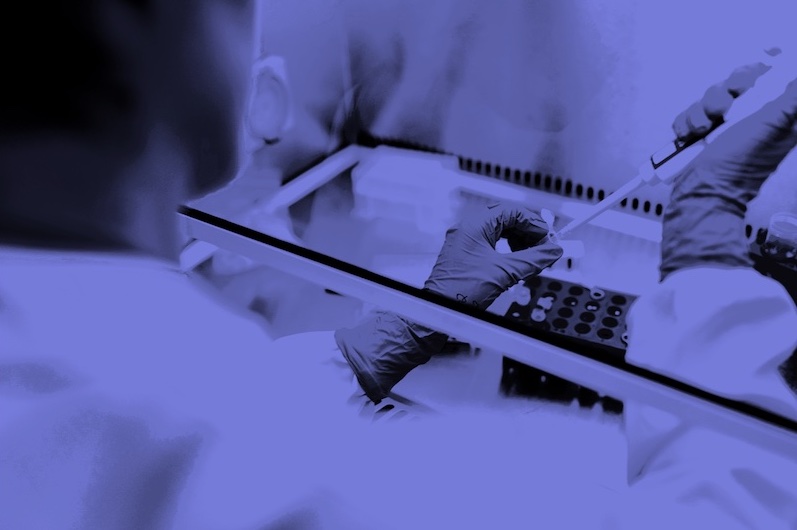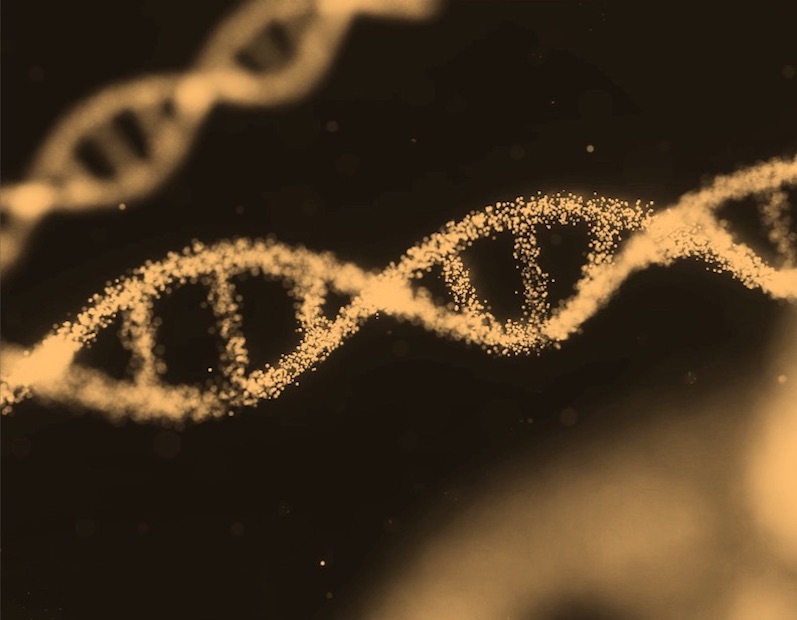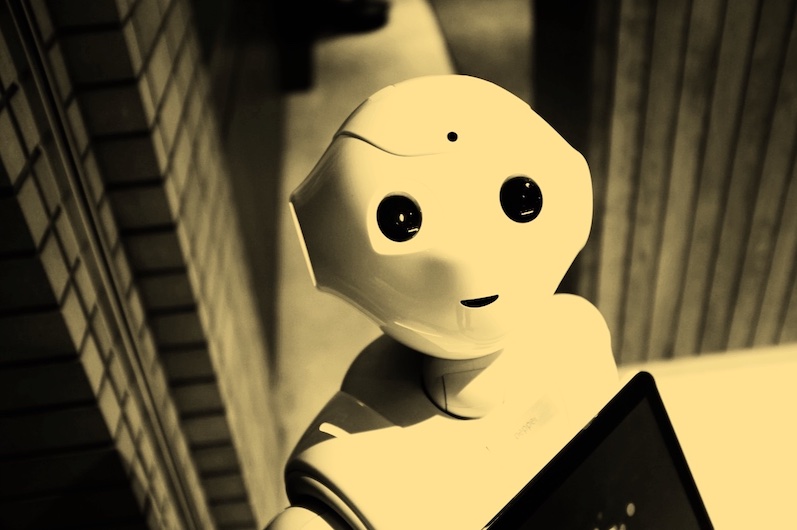What is it about?
Biparental reproduction, in which an offspring receives half their genetic material, or DNA, from one parent, and half from the other parent, occurs in nearly all eukaryotes. To ensure that exactly half of an individual’s DNA comes from each parent, eukaryotes have developed a specialized process to divide up this DNA called meiosis. The central enzyme responsible for this segregation of genetic material is called Dmc1. Dmc1 has several key partner proteins that regulate its function and improve its accuracy. Herein, we uncovered a mutant version of the Dmc1 protein that can function without one of these normally essential partner proteins. We conclude that this partner protein, Mei5-Sae3, affects how stably Dmc1 interacts with DNA, and show that the Dmc1 mutant has serious defects in its activity as a result of loss of regulation by Mei5-Sae3.
Featured Image

Photo by Amit Rana on Unsplash
Why is it important?
Errors made during meiosis can lead to abnormalities that cause miscarriage or birth defects, such as trisomy 21. Dmc1 has a very similar structure and function in all eukaryotes, from single-celled organisms such as budding yeast all the way up to humans. By improving our understanding of how Dmc1 functions and the proteins that enhance its activity, we can potentially gain insight into errors in meiosis that have consequences for human reproduction.
Perspectives
All homologous strand exchange proteins (recombinases) are regulated by helper proteins that modulate their ability to assemble into functional filaments on damaged DNA. It is generally believed that these helper proteins regulate recombinases in some way that is helpful to the cell, but there is little understanding of what the cells gains by this regulation. We cannot learn much from simply eliminating the helper protein in many cases because recombination is blocked in such situations, i.e. the helper gene loss-of-function mutant is just like a recombinase loss-of-function mutant. Our approach gets around this problem by allowing recombination to occur in the absence of the regulatory protein. The nature of the unregulated recombination that occurs in such cases can provide insight into the function of the underlying regulatory process. We hope this approach will prove useful in determining the function of other proteins that control recombinase activity.
Douglas Bishop
University of Chicago
Read the Original
This page is a summary of: A mutant form of Dmc1 that bypasses the requirement for accessory protein Mei5-Sae3 reveals independent activities of Mei5-Sae3 and Rad51 in Dmc1 filament stability, PLoS Genetics, December 2019, PLOS,
DOI: 10.1371/journal.pgen.1008217.
You can read the full text:
Contributors
The following have contributed to this page










